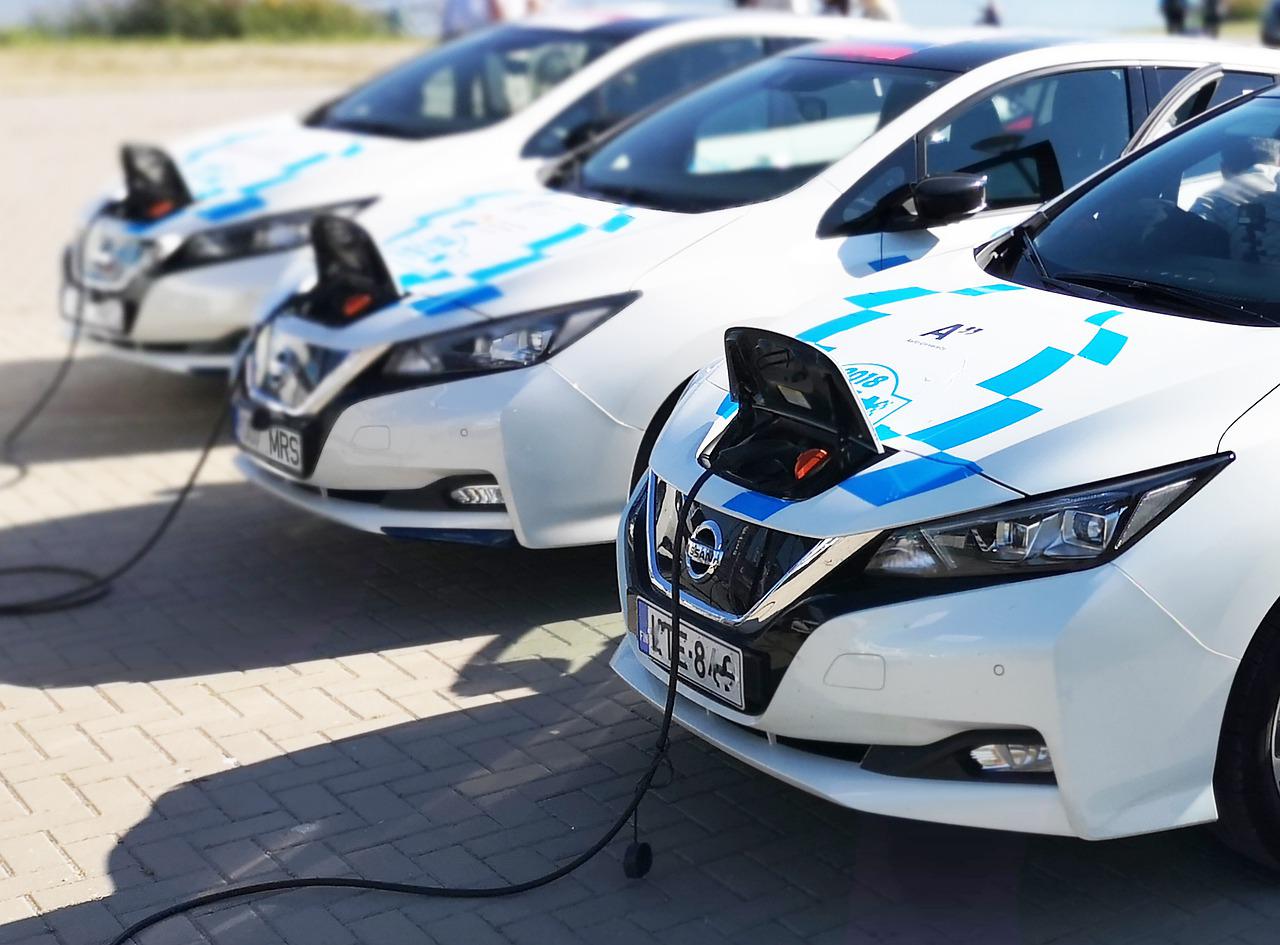The electric vehicle revolution is coming, and the world is embracing it at lightning speed. Just like the transition from the horses and buggies in the early 20th century, we are in the midst of a transition from gas-powered to electric vehicles. The legislation of the United States favors electric vehicles, and every automaker is trying to transition to electric vehicles as quickly as possible.
However, transitioning to an entirely different lineup is difficult, even for large suppliers and manufacturers. This transition has its opportunities as well as challenges. Let’s take a look at how manufacturers can use the opportunities and overcome the challenges to prepare for an electric future:
Transition Issues and concerns
- Ban on Combustion Engines
With the recent announcement by California to ban the sale of new combustion engine vehicles by 2035, many existing automakers have announced their plans to transition to Electric vehicles (EV) completely. Some automakers, such as Ferrari, plan to transition to EVs as early as 2025.
Automotive giants such as Volkswagen, BMW, Volvo, Hyundai, and Mercedes-Benz have announced plans to transition to electric vehicles by 2035-2040. Hyundai announced an increase in its range of electric models from 8 to 23 by the end of 2025.
- Strategic Accounting and Tax Incentives
However, this transition is not only spurred by the ban on new gas-powered vehicles but also because of its benefits in terms of tax credit. The regulations for sustainable energy and electric vehicles allow customers to get a tax credit on purchasing new electric cars.
Electric car companies can benefit from tax credit regulations until their sales cross the 200,000 mark. Existing car companies’ accountants can help them avail all possible benefits of these tax credits. Even without a background in accounting, you can gain accountancy skills with an online MACC degree and capitalize on the opportunity.
Accounting functions may become significantly important in supporting this changeover to EV. It is one of the core functions in the strategic, tactical, and operational decision-making process. The right credentials and experience can position an accountant for success in the current transition.
- Market Standing
The existing automotive giants already have established brands that give them an edge over new entrants. A popular belief is that customers are more likely to purchase from a brand they already know.
However, it shouldn’t be taken for granted as there is the example of Tesla, which wasn’t an established brand name but still became the best electric vehicle manufacturer. So, this change is going to create a stir in the automotive industry. As established and emerging brands compete to get the best electric vehicle on the road first and claim the top spot in the market.
- Assembly Lines
Similarly, there is a popular assumption that established car makers have a better chance of success in the EV industry because they have all the knowledge about making cars, assembly lines, and economies of scale.
However, it is certainly not true because electric car manufacturing differs from gas-powered cars. The existing assembly lines are unsuitable for electric vehicles. Because the existing companies are working at full capacity, there is no space to install a new assembly line for electric vehicles. They have to sacrifice their current assembly lines to make room for the new assembly lines for electric vehicles. Consequently, it will affect their ability to produce enough combustion engine vehicles to meet demands.
In the future, these existing companies may need to build new plants, which will cost billions of dollars. The companies that have more cash are at an advantage here. It’s like a race; whoever invests first wins.
- Auto parts suppliers
Suppliers for parts of the combustion engine are the ones that are going to be most affected by this transition to electric vehicles. Electric vehicles use batteries instead of combustion engines, and the existing suppliers of combustion engine parts are on the verge of extinction. Suppliers of the car body and other parts can remain in business because they can modify the pieces to fit the electric cars. Suppliers of combustion engines and their components need to look for new avenues to keep themselves afloat.
The existing automotive suppliers have several options to prepare themselves for the transition. They can look for new opportunities in defense, aerospace, and medical device industries as these fields still need precision manufacturing.
Alternatively, they can also transform into a general contract manufacturing company. Both options have their own set of challenges and issues. Still, these are good options to keep the businesses afloat, at least for large suppliers.
If these suppliers decide to remain in the business of combustion engine parts, they will have to face fierce competition because of reduced demand for combustion engines. However, it still gives them time and capital to move to new avenues.
The transition will also affect other suppliers, such as injection molders and wiring suppliers. However, they can easily transform their functions to match the electric industry’s demands. For instance, injection molders can make external boxes used in EV batteries. They already have the skills that they can utilize to make these boxes. Existing wiring suppliers can collaborate with electric vehicle giants such as Tesla and GM to meet their wiring needs.
- Electrical Grids and Charging Stations
The revolutionary move to an electric future is near. However, some questions still need to be answered. Most of these are related to the range and charging of electric vehicles. For instance, How long does it take to charge an EV fully? How far can it travel in one charge? Are there enough charging stations? Can existing power grids handle all the extra load of charging EVs?
Although the likes of Tesla and GM have successfully made their electric cars charge quickly and yet travel a long distance, the power grid question remains unanswered. Recently, Tesla owners were asked to charge their vehicles only during non-peak hours due to a power-grid crisis faced in Texas.
As more and more companies move toward electric cars, power grids across the U.S will need to be upgraded. An expansion plan for electric power supply needs to be undertaken by the government. The process will require successful collaboration between the EV manufacturers and the government.
Companies must build new electric vehicle charging stations besides the power grid. As electric cars are going to increase rapidly, companies need to streamline the charging standard so that car owners can charge cars of different brands at any charging station.
Conclusion
Electric vehicles are the future of transport, whether we like it or not. With regulations being imposed on the sale of new gas-powered vehicles in the future, companies are transitioning to all-electric vehicle manufacturing.
Larger automakers, such as Hyundai, GM, BMW, Mercedes-Benz, etc., have announced their plans to move to all-electric vehicle manufacturing. However, the transition to EV is not that simple. Our infrastructure in terms of power grids and charging stations has yet to be upgraded. Both suppliers and manufacturers must prepare for the transition and choose whether to stay on combustion-engine manufacturing or move to electric vehicle manufacturing.


